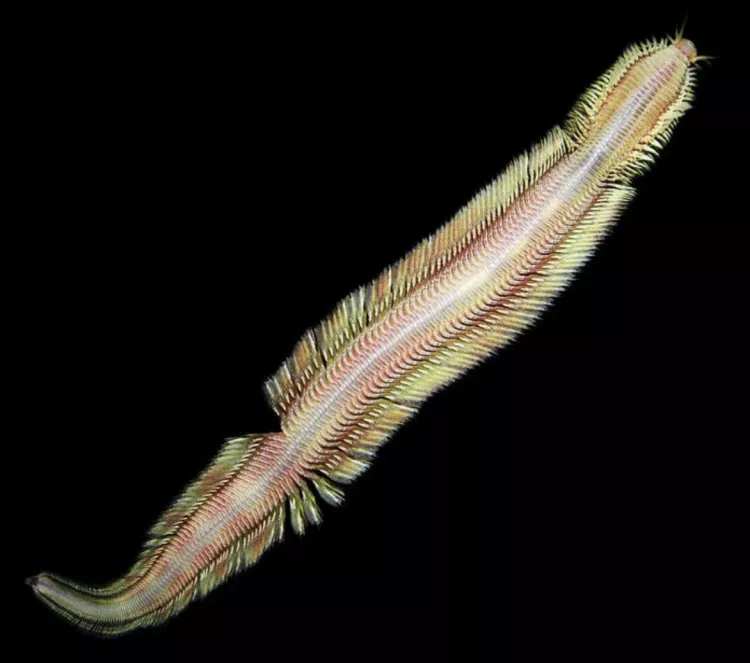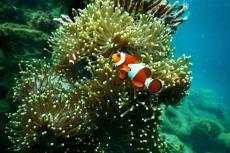New Deep-Sea Worm Species Identified
Researchers find new deep-sea worm species in waters of Costa Rica.
Marine scientists at the Scripps Institution of Oceanography at UC San Diego have discovered a new species of deep-sea worm in the waters near a methane seep about 50 kilometres off Costa Rica's Pacific coast.
Named Pectinereis strickrotti, the worm hails from the ragworm family and is distinguished by their feathery appendages that carry its gills. It was first discovered by Greg Rouse and Bruce Strickrott in 2009 when they were inside the submersible Alvin during an expedition at a depth of 1,000 metres.
Rouse was a marine biologist at Scripps Institution of Oceanography at UC San Diego, while Strickrott was the lead pilot for the submersible. During that dive, they spotted two worms a sub’s length away.
“We couldn’t see them well and tried to creep in for a closer look, but it’s hard to creep in a submarine and we spooked them,” said Strickrott.
Second time lucky
A subsequent expedition in 2018 yielded greater success. The team returned to the same location and came across six or more of the worms. They took photos and video footage, and managed to collect three males and part of a female for analysis, using a five-chambered vacuum canister device.
“The way this thing moved was so graceful, I thought it looked like a living magic carpet,” said Strickrott.
Back in the lab, the team conducted anatomical and DNA analysis to establish the species’ evolutionary relationship within the ragworm family.
Not a typical ragworm
Although a member of the ragworm family, the Pectinereis strickrotti is not typical. For example, it lives in the deep sea while its counterparts are generally found in shallower waters. While most ragworms absorb oxygen through their appendages (called “parapodia”) without the aid of true gills, the Pectinereis strickrotti’s parapodia are covered in gills.
The team also noticed that the males had large spines at the end of their tails, which may be related to reproduction; this, however, is yet to be confirmed. Not surprising, the species is blind, and the researchers are confident that it possesses keen senses of smell and touch.
Rouse decided to name the species after Strickrott, whom he considers to be instrumental in finding and collecting the worm. The species was described in a recent issue of the journal PLOS ONE.
The team plans to continue their explorations at the methane seeps off the coasts of Alaska and Chile later in the year.



























